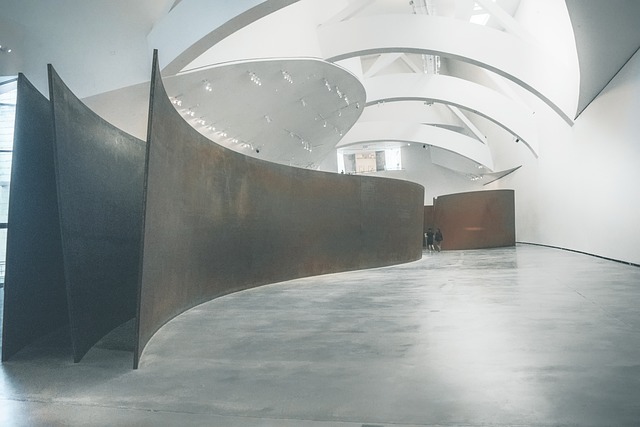In the world of photography, the term exposition transcends mere technical jargon—it’s a creative philosophy that captures the very essence of light and shadow, emotion and nuance. Understanding exposition is pivotal for every photographer looking to enhance their craft and create compelling images. Through the lens of optics, we not only see the world but interpret it, shaping our visual storytelling.
When you raise your camera to your eye, the first thing you engage with is light. Optics, the science of light and vision, plays a crucial role in photography. The camera is your vessel, but it’s your understanding of how light interacts with your subject that brings your vision to life. This is where the art of exposition enters the frame.
The interaction of light through your lens determines how the story unfolds in your photograph. A well-exposed image balances highlights and shadows, creating depth and atmosphere. Imagine capturing a fleeting moment at sunset, where the golden hues softly illuminate the scene. Through precise exposition, you can preserve not only the colors but also the emotions associated with that moment—a feeling of serenity or a burst of warmth.
Every click of the shutter becomes a dance between your camera settings and the natural light in your surroundings. The ISO, aperture, and shutter speed form a trinity of choices that define your exposition. By manipulating these elements, you achieve the desired brightness and contrast, guiding your viewers’ emotions as they engage with your photograph.
Furthermore, the choice of equipment influences your exposition. Lenses, filters, and even camera models can affect how light is captured and rendered. For instance, using a prime lens with a wide aperture creates a shallow depth of field, beautifully blurring the background and allowing the subject to pop—a technique that draws focus and emotion from the viewer.
Experimentation is key in mastering the art of exposition. Challenge yourself to shoot in different lighting conditions, explore various angles, and see how these changes affect the final image. Nighttime photography, for instance, often demands a different approach to exposition, using longer exposures and higher ISO settings to draw out the beauty of low light, revealing patterns and textures hidden in darkness.
As you delve deeper into the synergy between exposition and composition, you’ll find that the two are inseparable. A well-composed photograph complements its light dynamics, guiding the viewer’s eye through the frame. Think of the juxtaposition of light and dark in a noir-style image or the way golden hour light drapes softly across a landscape, enhancing the contours and details of the scene.
Ultimately, the art of exposition is about finding balance and emotion in your photography. It’s a journey that invites you to embrace imperfection while striving for that perfect moment captured in the frame. As you continue to explore the interplay of optics and composition, remember that each photograph tells a story—one where your creative choices shape the narrative and your passion for the craft elevates the ordinary into the extraordinary.



